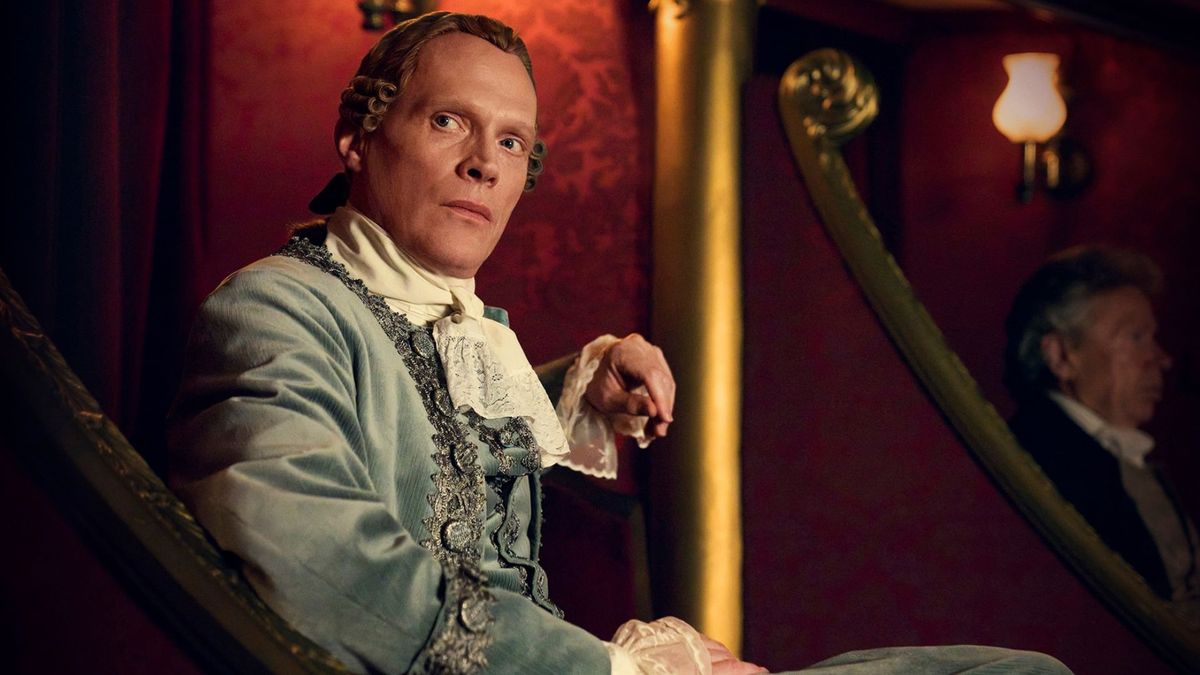One of the many blessings/curses that comes with aging is a new perspective on things. Movies, for example. You can watch a movie a billion times growing up, learn to quote every line, buy posters and toys, and revel in how watching it makes you feel like a kid again. Then, you watch it a few years later and notice something you never noticed before. Something that didn’t matter when you were 10, 20, or 30. But at 40 or 50, you can’t quite get your head around it. This doesn’t ruin the movie exactly, but adds a new layer you never quite expected.
This is what happened to me recently as I watched The Goonies, which celebrated its 40th anniversary June 7. The Goonies is a Lussier family tradition. It’s my brother’s favorite movie of all time, which makes it one of mine as well, and something we shared with our late parents, too. Our mother even nicknamed my brother, who had chubby cheeks as a baby, “Chunk.” So yeah, The Goonies is something we love and adore. It’s also the ultimate kid wish-fulfillment story. Run out the door with your friends and end up on an epic adventure where you defeat the bad guys, find a pirate ship, and get rich in the process. I still feel and enjoy all of that every time I watch it. And yet, I realized recently that the actual crux of The Goonies doesn’t quite add up.
If you haven’t watched the movie in a while, you have at least a general idea of what I’m talking about. The whole point of the movie is that a group of rich people is forcing the Goonies (a nickname given to the kids in this particular neighborhood) and their families out of their Astoria, Oregon, houses to build a golf course. To fix this, the kids go on an adventure, find some “rich stuff,” and eventually pay off their parents’ debt. As a kid, this is all crystal clear and, if you only think about it on that level, it remains so. However, as an adult who has now dealt with bills, debt, lawyers, and everything else, I now find a few holes in this premise.
 The Goonies go on an adventure. – Warner Bros.
The Goonies go on an adventure. – Warner Bros.Let’s break this down. Perkins Financial, led by Troy’s dad, Mr. Perkins, is the company forcing families to leave their homes, which will then be demolished to make way for this golf course. Troy himself, the evil son of the main guy, suggests there are about 50 houses about to suffer this fate. How is Perkins Financial able to do this? Well, they are foreclosing on these houses, a fact that’s not hugely focused on in the movie, but it’s in there. Foreclosure is basically when you can no longer afford to pay your mortgage, so someone swoops in to take it from you. “The foreclosure is a definite,” Mr. Perkins says to his associate after they drop off the paper at the Walsh house, home to Mikey and Brand, two of our main characters.
The issues begin when you start thinking beyond the Walsh house at the center of the movie. The “Goon Docks,” as the characters call it, is a big, populated neighborhood. As the film opens, you see lots of beautiful houses and bustling businesses. They’re doing truck races on the beach. There’s a nice museum in town. The kids take piano lessons, buy expensive bicycles, and make inventions. Mrs. Walsh, who is supposed to be broke, even hires someone to clean and pack their entire house for them (the day before she’s supposed to move, which is a whole other thing). Astoria is rural, but it’s nice. And we’re to believe that somehow 50 families in a very specific neighborhood of the community, a community which is wealthy enough to support a country club, have all, simultaneously, stopped being able to pay their mortgages, allowing Perkins Financial to swoop in.
This would make a lot of sense if Astoria were some kind of industrial town with everyone working for a single employer. But that’s not the case. We do see Data hanging out at an abandoned factory for a second at the beginning, but there’s no evidence that it was a central part of town. In fact, Mikey even mentions moving to Detroit where, at the time, the auto industry would’ve fit this bill perfectly. Instead, when we see the families of the Goonies at the end, they represent what looks to be a well-rounded, diverse community. Different interests, backgrounds, and financial situations. Something must have happened that put them all into simultaneous hardship, and not knowing what it is kind of got to me.
Did everyone invest in the same bad stocks? Was there some kind of gas leak that tanked property value? Did a serial killer run around and make the neighborhood uninhabitable? We don’t know. You could argue, potentially, that not everyone owned their homes. Maybe some of them were renting, which works as an explanation to a point. An owner can certainly, legally, force a renter out of a property if they’re past their lease. The issue with that is the Goonies believe money will allow them to stay in their homes, and money isn’t necessarily a fix to being forced out of a rental property. It’s not your property. So a big collection of “rich stuff” wouldn’t help everyone in that case.
 Side note to remind everyone, none of this actually matters. We get the gist, but as an adult, I couldn’t stop thinking about it. – Warner Bros.
Side note to remind everyone, none of this actually matters. We get the gist, but as an adult, I couldn’t stop thinking about it. – Warner Bros.Things change at the end when Mikey finds the jewels in his marble bag. Seeing these jewels, his dad, Irving, rips up the Perkins’ contract, and all is right with the world. Is it though? Here’s where my childhood perception flipped the other way. When I was younger, I never thought one bag of jewels was enough to save everyone. One bag of jewels for 50 homes? They left so many other valuables on One-Eyed Willy’s ship. Now, though, I do think this makes more sense. Brand jokes at the beginning of the movie that his dad would need his next 400 paychecks to pay off their debt. That’s about a year’s worth. Let’s say Mr. Walsh makes, and therefore owes due to Brand’s math, $50,000 a year. That’s above average for 1985 but covers the highs and lows of this hypothetical. Fifty homes at $50,000 a year is $2.5 million. That seems like a lot, but Mikey kept at least 10 or so high-end jewels. I’ve seen enough movies to know those can be worth millions each. He could have over $10 million in jewels there, depending on quality and clarity. And assuming they can find a buyer.
You never think of these things as a child. You don’t care who owns what, rents from whom, or whatever. The jewels were valuable, the Goonies won, and everyone got to keep their homes. But going down these roads can be dangerous. For example, once I’d come to terms with the jewel thing, I started thinking about the fact that there’s even more gold and jewels on a pirate ship, which is now just randomly floating in the ocean without anyone who has a legal claim to it. You don’t think someone is going to have the idea to grab a boat and head out there? What happens if multiple people go? Does it belong to the city? A descendant of Willy? The Goonies because they found it? We don’t know.
Look, I fully admit I’m being overly annoying and nitpicky here. I know it. The fact is, it was the 1980s, we all had a nice, general sense of the conflict the Goonies were trying to solve, and that’s all that mattered. But, as an adult, when you’ve watched a movie this many times, questions get raised. Discussions are had. And even if those seem to work against the movie, you have to appreciate you’re still thinking this much about it 40 years after its release.
The Goonies is currently streaming on HBO Max, and Warner Bros. is reportedly developing a sequel. Maybe it’ll explain what the heck was happening in Astoria in 1985 that everyone suddenly went broke, or who claimed that pirate booty.
Want more io9 news? Check out when to expect the latest Marvel, Star Wars, and Star Trek releases, what’s next for the DC Universe on film and TV, and everything you need to know about the future of Doctor Who.










 English (US) ·
English (US) ·